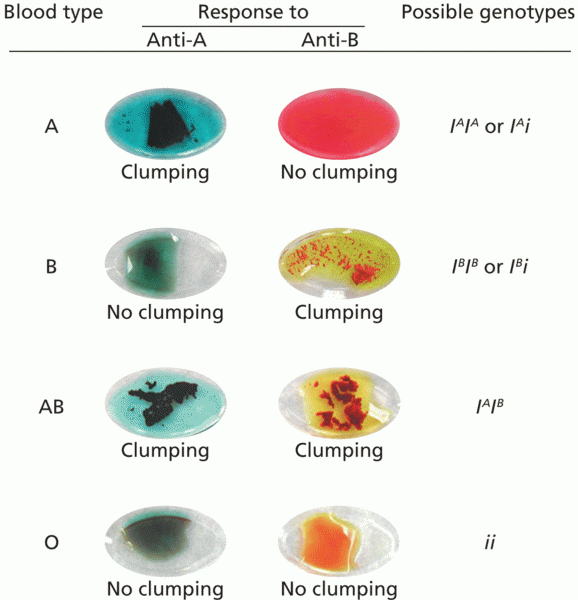Answer to Question 1
c
Answer to Question 2
Utility is the total satisfaction a consumer gets from consuming a good or a service.
Utility is related to theories of consumer behavior. Consumer behavior studies why consumers
make certain purchase decisions, how they determine what they are going to purchase, and what
influences such as advertising, role models, and price have in their decision-making process. The
bottom line is that consumers purchase goods or services with the expectation of gaining total
satisfaction or utility. There are three relevant things to know about utility. (1) Utility and
usefulness are not the same: Designer shoes may offer utility to a fashionista but have no useful
purpose for another (other than serving the basic need of clothing). (2) Utility is personal: The
utility of a product is different for every person. For instance, a prom dress offers utility to
someone going to a prom, but no utility to a person going to a barbeque. (3) Utility is difficult to
quantify. Take the Nike shoe example; the utility to the consumer could be the satisfaction of
wearing the latest pair of Nike shoes to school.
Total utility is the total amount of satisfaction a person derives from consuming a
particular quantity of a good or service. In the fashion industry, total utility is referred to as the
total amount of satisfaction a person derives from wearing a particular garment or accessory. The
value of the fashion product to the consumer depends on the consumer. In fashion, total utility
might be wearing a garment one time, several times, or many times over the course of years. For
example, one consumer buys a Gucci handbag from the spring 2011 collection for 1,790
because she loves the handbag and she plans to take the bag with her on a cruise; another
consumer buys the same handbag because it coordinates perfectly with her summer wardrobe;
another buys the handbag because she likes it and the price fits within her budget. The Gucci
handbag has utility for those consumers whose needs and wants are satisfied by purchasing the
handbag, but no utility for others.
Marginal utility is the additional satisfaction a consumer gets by consuming an extra unit
of a product. Marginal utility equals the change in total utility that results from the consumption
of one more unit of a product. For example, when the consumer initially bought and wore the
Nike shoes, the total utility was high. As the shoes were worn and eventually went out of style,
the marginal Nike shoe utility diminished. The consumer had reached total enjoyment. The next
five times the shoes were worn the consumer's utility slowly total Nike shoe utility decreased as
well. The satisfaction of wearing a new pair of Nike shoes was beginning to wear off, but the
total marginal utility diminishes after a certain amount of times the shoes are worn.
The law of diminishing marginal utility demonstrates that if consuming successive
units yield smaller and smaller amounts of marginal utility, then the consumer will only purchase
additional units of a product if the price falls. As less utility is obtained from the product, the
consumer will choose not to buy more at the reduced price and spend additional dollars on
products that provide utility to him or her.







